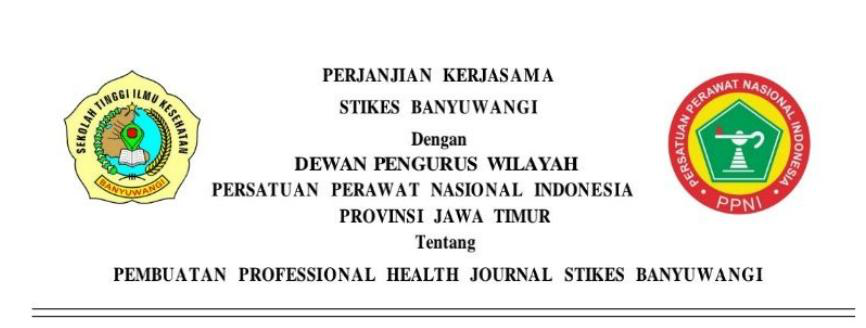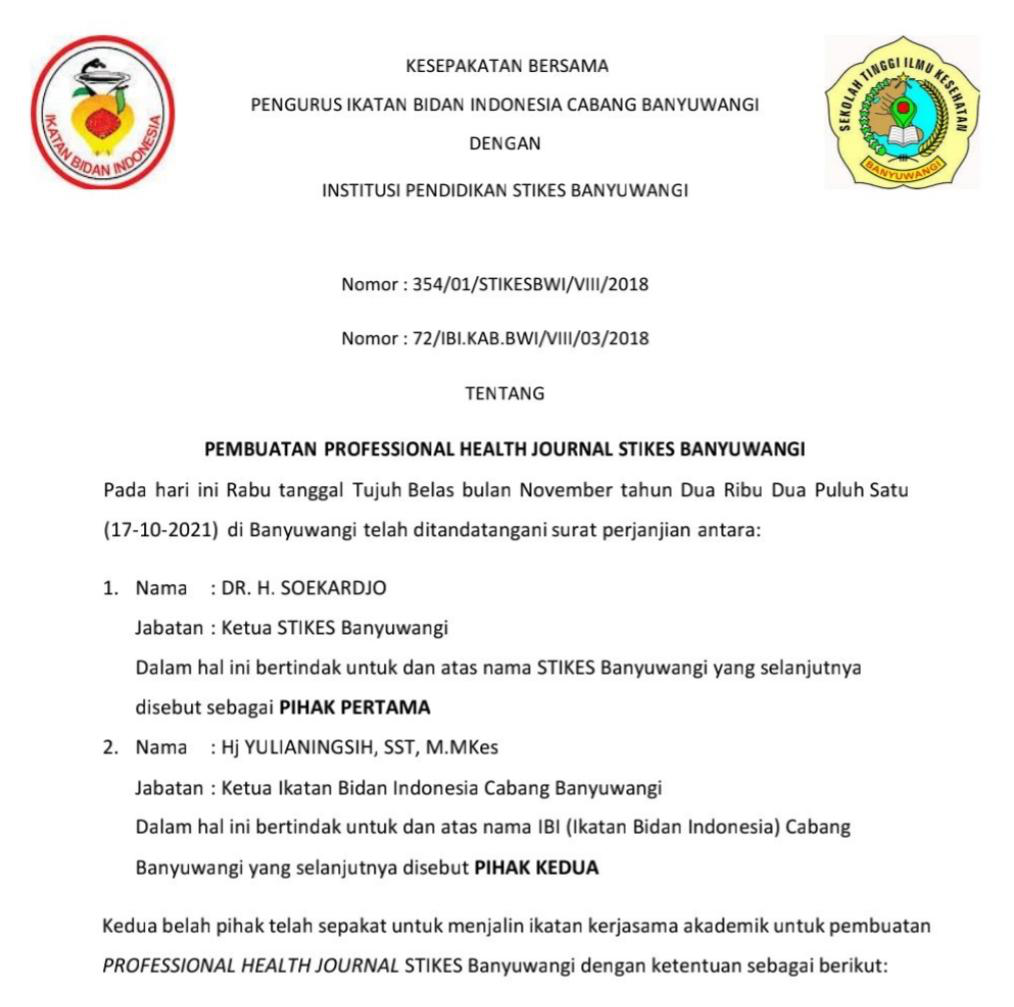CASE REPORT: MANAGEMENT OF ISCHEMIC STROKE USING THE CODE STROKE PROTOCOL IN A 60-YEAR-OLD FEMALE
DOI:
https://doi.org/10.54832/phj.v7i2.1183Keywords:
Ischemic Stroke, Code Stroke, TherapyAbstract
A stroke is defined as a neurological deficit attributed to an acute focal injury of the CNS (i.e., brain, retina, or spinal cord) by a vascular cause. Ischemic stroke is caused by disrupted cerebral blood flow due to thrombotic or embolic events. Stroke risk factors are classified into modifiable factors, such as hypertension, diabetes mellitus, hyperlipidemia, and smoking habits, and non-modifiable factors, such as age, gender, race/ethnicity, and genetic predisposition. This case report discusses a 60-year-old female patient presenting to the emergency department with right-sided body weakness, difficulty swallowing, slurred speech, and a history of uncontrolled hypertension. Physical examination revealed severe hypertension (216/106 mmHg), underweight nutritional status (BMI 17.24 kg/m²), motor weakness, and a positive Babinski reflex. A head CT scan showed infarction in the pons and left external capsule, consistent with a diagnosis of ischemic stroke due to small vessel occlusion. The patient was managed using the Code Stroke protocol, which included fluid administration, antihypertensives, neuroprotectors, and thrombolytic rTPA. Following therapy, clinical symptoms improved, with a reduction in the NIHSS score from 8 to 5, indicating a positive response. Patient education emphasized the importance of controlling risk factors such as hypertension and hypercholesterolemia and adherence to pharmacological treatments and lifestyle modifications. In conclusion, early diagnosis and the appropriate application of the Code Stroke protocol can enhance clinical outcomes, reduce morbidity and mortality, and prevent long-term complications in ischemic stroke patients. Ischemic stroke highlights the significance of an integrated multidisciplinary approach in stroke management.
Downloads
References
Boehme, A. K., Esenwa, C., & Elkind, M. S. (2017). Stroke risk factors, genetics, and prevention. Circulation Research, 120(3), 472–495.
Campbell, B. C. V., & Khatri, P. (2020). Stroke. The Lancet, 396(10244), 129–142.
Capirossi, C., Laiso, A., Renieri, L., Capasso, F., & Limbucci, N. (2023). Epidemiology, organization, diagnosis, and treatment of acute ischemic stroke. European Journal of Radiology Open, 11, 100527.
Demaerschalk, B. M., Kleindorfer, D. O., Adeoye, O. M., Demchuk, A. M., Fugate, J. E., Grotta, J. C., et al. (2016). Scientific rationale for the inclusion and exclusion criteria for intravenous alteplase in acute ischemic stroke: A statement for healthcare professionals from the American Heart Association/American Stroke Association. Stroke, 47(2), 581–641.
Flora, G. D., & Nayak, M. K. (2019). A brief review of cardiovascular diseases, associated risk factors and current treatment regimes. Current pharmaceutical design, 25(38), 4063-4084.
Freeman, W. D., & Khosravani, H. (2024). The In-Hospital Code Stroke: A Look Back and the Road Ahead.
Gore, M., Bansal, K., Khan Suheb, M. Z., et al. (2024). Lacunar stroke. In StatPearls [Internet]. Treasure Island, FL: StatPearls Publishing.
Hsiao, C. L., Su, Y. C., Yang, F. Y., Liu, C. Y., Chiang, H. L., Chen, G. C., Hsu, P. J., Chen, P. Y., & Lin, S. K. (2018). Impact of code stroke on thrombolytic therapy in patients with acute ischemic stroke at a secondary referral hospital in Taiwan. Journal of the Chinese Medical Association, 81(11), 942–948.
Hui, C., Tadi, P., Khan Suheb, M. Z., et al. (2024). Ischemic stroke. In StatPearls [Internet]. Treasure Island, FL: StatPearls Publishing.
Johansson, A., Drake, I., Engström, G., & Acosta, S. (2021). Modifiable and non-modifiable risk factors for atherothrombotic ischemic stroke among subjects in the Malmö Diet and Cancer Study. Nutrients, 13(6), 1952.
Kemenkes BKPK. (2023). Survei Kesehatan Indonesia (SKI) 2023 dalam angka. Jakarta: Kementrian Kesehatan Badan Kebijakan Pembangunan Kesehatan.
Lin, C. H., Kuo, Y. W., Kuo, C. Y., Huang, Y. C., Hsu, C. Y., Hsu, H. L., et al. (2015). Shortened activated partial thromboplastin time is associated with acute ischemic stroke, stroke severity, and neurological worsening. Journal of Stroke and Cerebrovascular Diseases, 24(10), 2270–2276.
Micieli, A., Joundi, R., Khosravani, H., Hopyan, J., & Gladstone, D. J. (2020). The code stroke handbook: approach to the acute stroke patient. Academic Press.
Murphy, S. J., & Werring, D. J. (2020). Stroke: Causes and clinical features. Medicine (Abingdon), 48(9), 561–566.
Prokopiv, M., & Fartushna, O. (2021). Clinical and imaging features of lacunar and non-lacunar subtypes of ischemic posteriorcirculation stroke.
Romain, G., Mariet, A. S., Jooste, V., Duloquin, G., Thomas, Q., Durier, J., et al. (2020). Long-term relative survival after stroke: The Dijon Stroke Registry. Neuroepidemiology, 54(6), 498–505.
Saceleanu, V. M., Toader, C., Ples, H., Covache-Busuioc, R. A., Costin, H. P., Bratu, B. G., ... & Ciurea, A. V. (2023). Integrative approaches in acute ischemic stroke: from symptom recognition to future innovations. Biomedicines, 11(10), 2617.
Tang, Y. (2020). Atlas of emergency neurovascular imaging (pp. 21-32). Springer International Publishing.
Warlow, C. P., Van Gijn, J., Dennis, M. S., Wardlaw, J. M., Bamford, J. M., Hankey, G. J., ... & Rothwell, P. (2011). Stroke: practical management. John Wiley & Sons.
Werring, D., Adams, M., Benjamin, L., Brown, M., Chandratheva, A., Cowley, P., ... & Toma, A. (2024). Stroke and Cerebrovascular Diseases. Neurology: A Queen Square Textbook, 107-198.
















